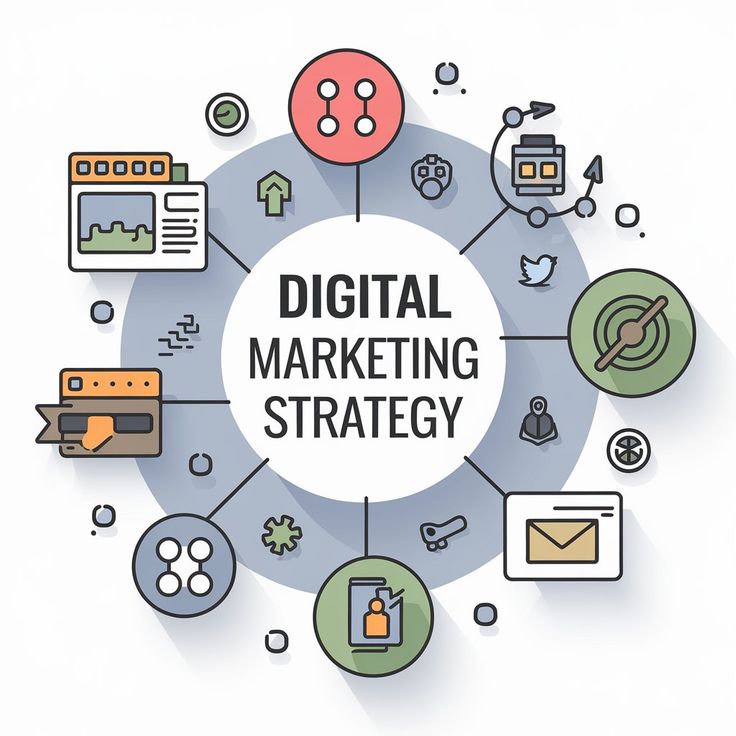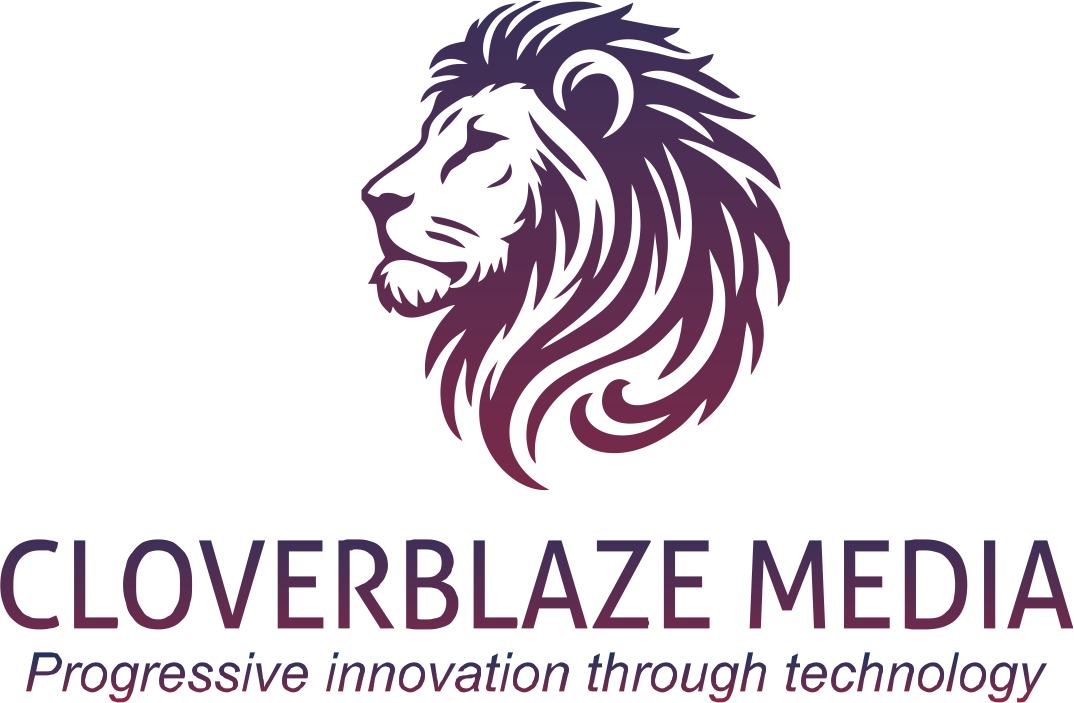Account-Based Marketing (ABM)

Introduction
What is Account-Based Marketing?
At Cloverblaze Media, we specialize in Account-Based Marketing (ABM) that aligns your sales and marketing teams to focus on your highest-value accounts. Our ABM strategy goes beyond traditional lead generation—it’s about precision targeting, personalized engagement, and real relationships.
We help you identify the right decision-makers, craft tailored messaging, and deploy campaigns that speak directly to your key prospects across multiple channels. Whether you’re looking to expand in a specific industry, region, or enterprise tier, our data-driven ABM programs are built to drive engagement, shorten sales cycles, and boost ROI. With Cloverblaze, you’re not chasing leads—you’re building long-term partnerships. Let’s turn your top accounts into loyal customers.
Why ABM Matters in Today’s B2B Environment
The modern B2B buyer journey is non-linear and involves 6–10 stakeholders on average. Buyers expect personalized experiences, relevant content, and value-driven communication. ABM rises to meet these expectations by allowing you to:
Digital marketing enables businesses to
- Break through the noise: Personalization grabs attention in crowded markets.
- Align sales and marketing: ABM unifies teams around shared goals and target accounts.
- Shorten the sales cycle: With better-targeted messaging and stakeholder insights.
- Drive higher ROI: By focusing on accounts most likely to convert and generate revenue.
- Build trust and credibility: Through relevant, value-based interactions over time.

ABM isn’t just a tactic—it’s a philosophy that focuses on relationships, not just leads.

Business Value & Benefits of ABM
Personalized campaigns resonate better and lead to action.
Sales teams focus on warm, engaged accounts—not cold outreach.
Larger deal sizes and faster closures due to stakeholder alignment.
Stronger relationships mean better post-sale loyalty and upselling potential.
ABM provides clear metrics on what’s working and what needs refinement.
Key Components of an Effective ABM Strategy

Account Selection
Identify high-value target accounts using firmographics (industry, size, revenue), technographics (tools used), intent data, and customer lifetime value (CLV) potential.

Stakeholder Mapping
Understand who the decision-makers, influencers, and blockers are within each account. Map their roles, priorities, pain points, and buyer journey stage.

Personalized Messaging & Content
Create tailored content that speaks directly to the needs of each account or even specific individuals within those accounts. This could include case studies, whitepapers, videos, or email sequences.

Sales & Marketing Alignment
ABM only works if sales and marketing are in sync. Joint planning, shared KPIs, and ongoing communication ensure consistent execution and messaging.

Multi-Channel Engagement
Execute campaigns across various channels like: Personalized email marketing, LinkedIn outreach, Retargeting ads, Direct mail or gifting, Account-specific landing pages, Webinars and virtual roundtables.

Data & Technology Stack
ABM relies on tech tools to identify, track, engage, and analyze performance: CRM (Salesforce, HubSpot), Marketing Automation (Marketo, Pardot), Intent Data (Bombora, ZoomInfo), ABM Platforms (Terminus, Demandbase, 6sense).
Account-Based Marketing (ABM)
Types of ABM Approaches
ABM (Strategic ABM)
Hyper-personalized campaigns for a small number of high-value accounts.
Few ABM
Clustered campaigns for accounts with similar needs or industries.
Many ABM (Programmatic ABM)
Scalable campaigns using automation and personalization at scale.
Many B2B organizations combine these models for maximum reach and impact.

Value Proposition
Our full-service ABM solutions help B2B organizations identify high-value accounts, create personalized experiences, and convert intent into revenue. With the right strategy, technology, and execution, ABM can transform your marketing from lead-based to relationship-based—where every effort counts and every account matters.
